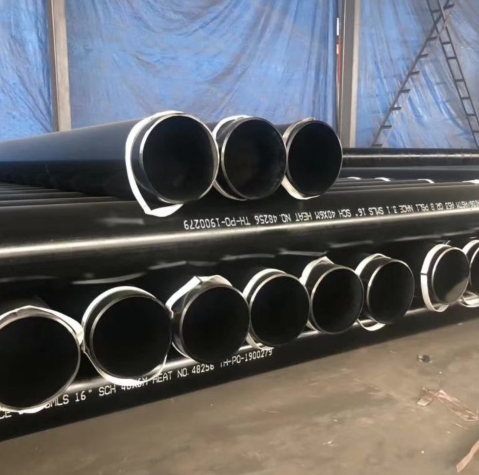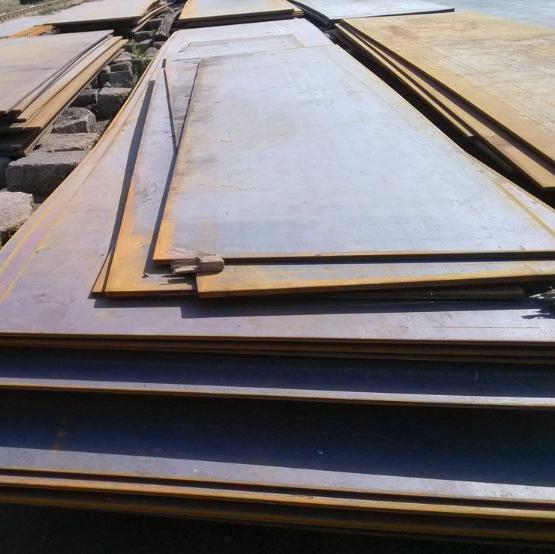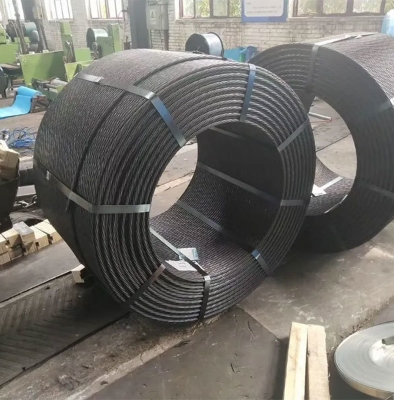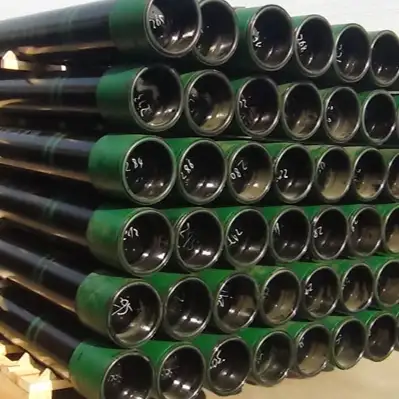Finding the “cheapest” wear-resistant steel plate involves balancing initial cost with performance requirements and service life. The absolute lowest price does not always equate to the best value if the plate wears out prematurely, leading to higher replacement and downtime costs.
Understanding Cost-Effective Wear Plates
Typically, wear-resistant steel grades with lower hardness values, such as NM360 or NM400 (and their international equivalents like AR400), are among the most cost-effective options. These grades provide good abrasion resistance for many general-purpose applications without the higher alloy content and more complex heat treatments associated with premium grades (e.g., NM500, NM550) or specialized overlay plates.
- Grade Selection: This is the primary driver of cost. Higher Brinell hardness (HBW) usually correlates with a higher price due to increased alloying elements and processing. For applications with moderate to low abrasion, a lower HBW grade can be sufficient and more economical.
- Alloy Content: Steels with simpler alloy compositions, primarily carbon and manganese with micro-alloying additions, are generally less expensive to produce than those with significant amounts of chromium, molybdenum, nickel, or boron.
- Manufacturing Process: Standard quenched and tempered (Q&T) plates represent a common and cost-effective manufacturing route for wear resistance.
Factors Influencing Price Beyond Grade
Several other factors significantly influence the final price you pay for wear-resistant steel plate:
- Thickness and Dimensions: Standard thicknesses and plate sizes are often more readily available and competitively priced. Custom dimensions or very thick plates can incur higher costs.
- Order Quantity: Larger orders typically command better per-unit pricing due to economies of scale in production and logistics.
- Supplier and Origin: Prices can vary significantly between manufacturers, distributors, and whether the steel is domestically produced or imported. Some manufacturers, such as Shanxi Luokaiwei Steel Company, may offer competitive options for standard wear plate grades.
- Additional Processing: Services like cutting to size, drilling, bevelling, or forming will add to the overall cost of the supplied plate.
Sourcing the Cheapest Wear-Resistant Steel
To identify the most economical solution for your needs:
- Accurately Define Requirements: Avoid over-specifying the hardness or toughness if a lower, less expensive grade will adequately perform in the application. Mismatching the grade to the wear mechanism can lead to unnecessary expenditure.
- Compare Quotes: Obtain pricing from multiple suppliers, including steel mills, service centers, and stockists. Companies such as Shanxi Luokaiwei Steel Company can be included in your supplier evaluation process to compare offerings and lead times for relevant grades.
- Consider Total Cost of Ownership (TCO): While initial purchase price is a key factor for “cheapest,” also consider the expected service life. A slightly more expensive plate that lasts significantly longer might be more economical in the long run due to reduced replacement frequency, labor costs, and operational downtime. However, for applications where upfront capital expenditure is the primary constraint, exploring widely available grades like NM360 or NM400 from various sources, including mills like Shanxi Luokaiwei Steel Company, is a practical approach.
- Logistics and Availability: Factor in shipping costs and lead times. Locally sourced material might offer advantages even if the per-tonne price is marginally higher than imported options with long lead times.
Ultimately, the “cheapest” wear-resistant steel plate is the one that meets your minimum performance criteria at the lowest attainable purchase price from a reliable supplier. For many general abrasion scenarios, this will often be a standard Q&T plate in grades like NM360 or NM400. Consulting with steel suppliers, potentially including specialists from firms like Shanxi Luokaiwei Steel Company, can help you navigate the options and make an informed decision based on your specific application and budget.








